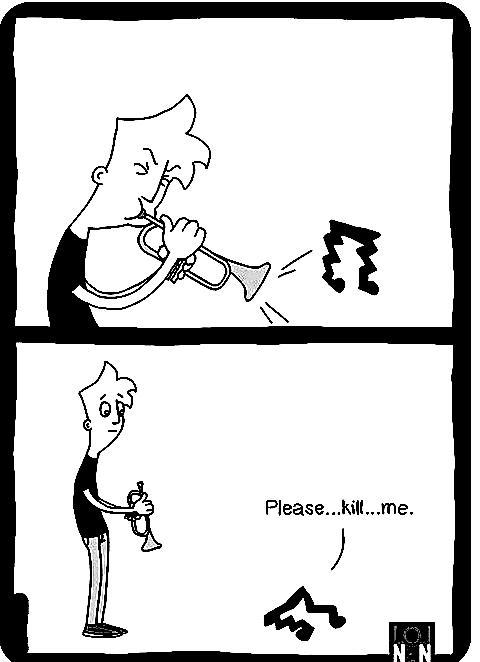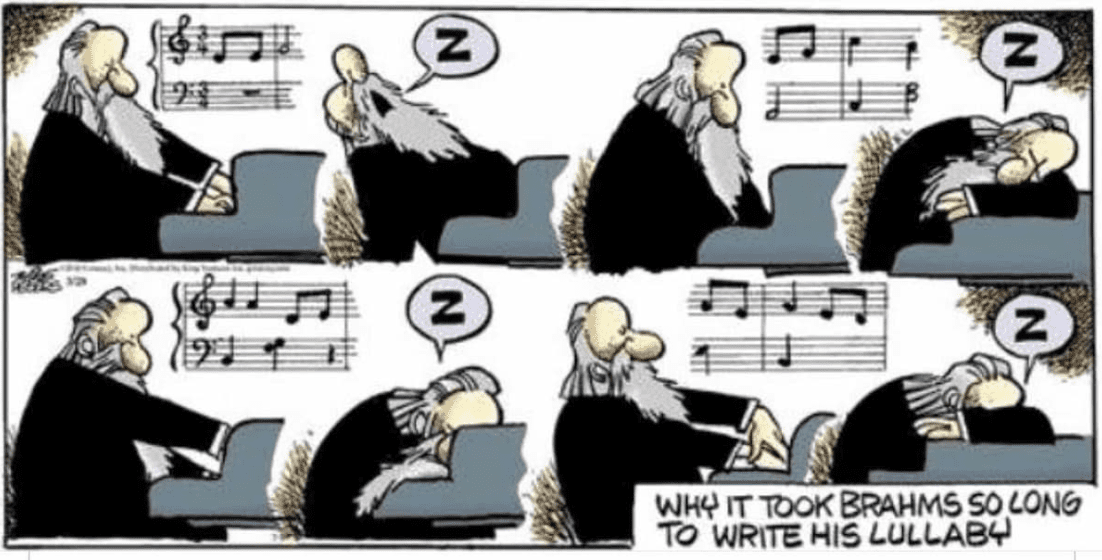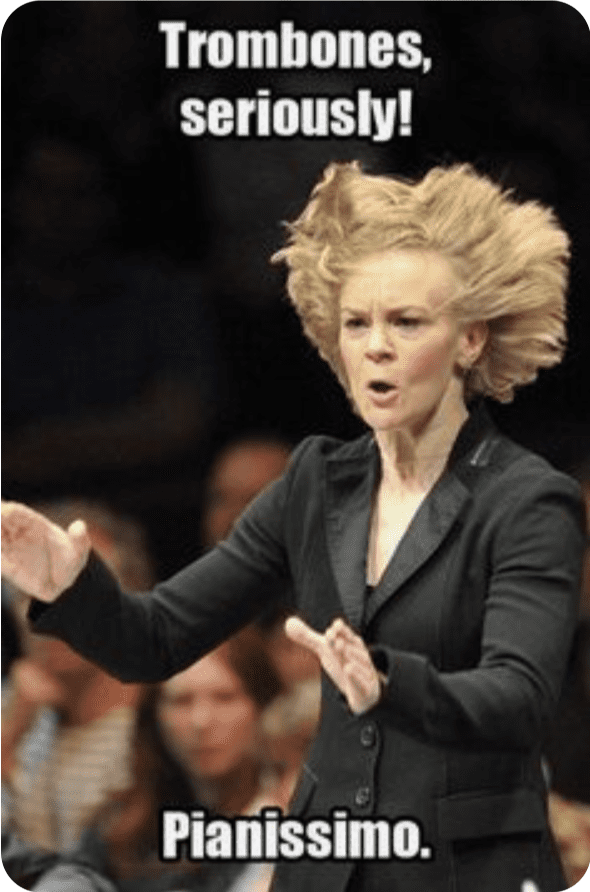Explore the Michelle Ostrove Blog
Proper breath support is essential for singing with control, power, and endurance. It involves using the diaphragm and surrounding muscles to control the flow of air from the lungs, providing the necessary support for the voice. Here’s a breakdown of proper breath support when singing: Proper breath support takes practice to master. Working with a vocal coach can help you develop the skills and techniques needed to improve your breath control and support while singing. #michelleostrovevocalandpianostudio #voicelessons #singinglessons #pianolessons #vocalcoach…
Read MoreRegister blending in singing is a technique used to seamlessly transition between different vocal registers. There are three registers, chest voice, middle voice and head voice. Mastering register blending can greatly enhance a singer’s ability to deliver a dynamic and emotive performance. Why Blending Registers? Blending registers allows singer to achieve a seamless transition between different parts of their vocal range. This creates a more cohesive and pleasing sound when singing. It also helps avoid noticeable breaks or shifts in…
Read MoreSinging with a mixed voice is like unlocking a secret weapon in your vocal arsenal. It’s the ability to seamlessly blend the qualities of your chest voice and head voice, resulting in a rich and powerful sound that’s both expressive and versatile. Whether you’re belting out high notes with ease or adding warmth and depth to your lower register, mastering the mixed voice can elevate your singing to new heights. In this blog, we’ll explore what the mixed voice is,…
Read MoreSinging is more than just hitting the right notes. It’s about expressing emotions, telling stories and connecting with your audience. However, achieving vocal excellence requires good vocal technique and a deep understanding of how to harness the power of your voice effectively. To really unleash your vocal potential and sing with good vocal technique you need breath support, vocal resonance, relaxation and proper posture. Let’s look at these key steps to help you get on the right track. Breath Support:…
Read MoreHow do you know if you are singing from the throat? Do you feel any strain when you are singing? Does your throat feel irritated after singing? Singing should never cause pain or strain. You cannot fix a problem unless you know it exists. Here are a few ways to determine if you’re singing from you throat and how to address it: To address singing from the throat and develop proper vocal technique: To be an excellent and strong singer…
Read MoreTechnique is a skillful way of executing a song, whether it is singing or playing the piano. Technique deals with the concept of tone, musicality and expression in your performance. While emotion is feeling the song and conveying those emotions to your audience. So, which is more important? Both are extremely important when singing a song. Without technique a singer can cause damage to their vocal cords. Good technique provides a strong solid foundation in which to sing. You can…
Read MoreStage presence is a combination of energy, charm and charisma. Your visual appearance, body language and charismatic presentation will fire up the audience. I’m sure you have heard the say “dress to impress” or “dress for the position you want,” but these are wise words. How you present yourself to others matters. First impressions leave lasting memories. How do you want the audience to perceive you as an artist? When you come out on the stage, bring your confidence, swagger…
Read MoreWhat is music theory? Music theory is the study of music, examining all of the components that are used in writing a piece of music. Music theory studies the fundamental elements in the music language. It looks at goes in depth concerning notes, chords, rhythm, melody, form and harmonies. It is the compilation of methods and concepts musicians use in music composition. Theory is also a set of rules and guidelines that are used to create and analyze music. Music…
Read MoreThere are five different elements involved when singing or playing the melody. The pitch, dynamics, phrasing, emotion and textures are key factors. The last blog discussed the first two components pitch and dynamics. This blog will look at the last three, phrasing, emotion and textures. The third element is the phrasing of words being sung. The singer or musician will use phrasing to create amazing and intoxicating patterns in the melody. Phrasing is how you break down a song into…
Read MoreThe melody is an arrangement of musical notes which are sung by a vocalist or played by an instrument. It is what most people remember after listening to a song. Kenny G plays the melody of his songs with the saxophone. There are five different elements involved when singing or playing the melody. The pitch, dynamics, phrasing, emotion and textures are key factors when singing or playing the melody. Let’s discuss the pitch and dynamics in this blog. The first…
Read More








